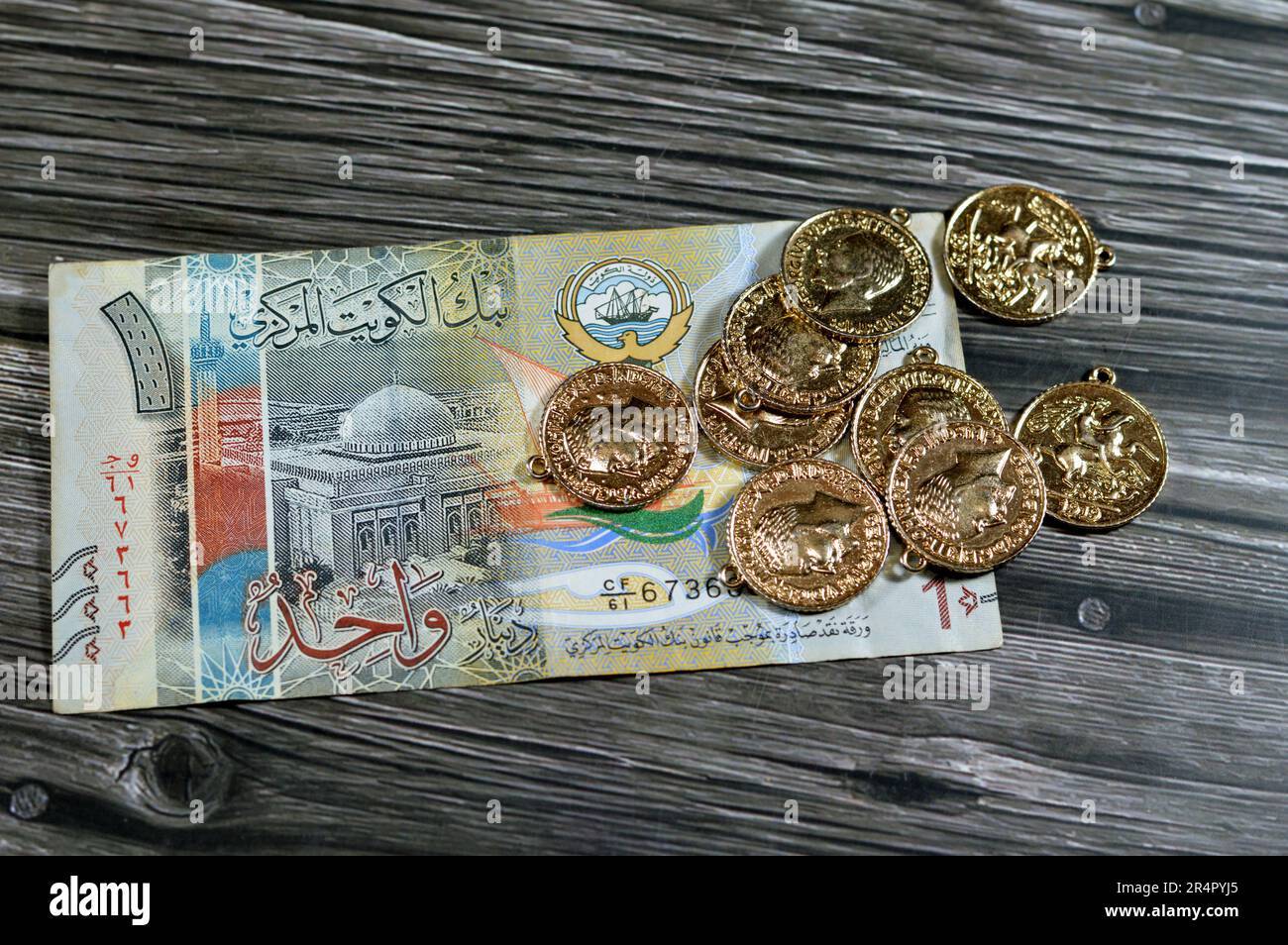As of 2024, the global currency landscape is characterized by several currencies that hold significant value against the U.S. dollar. Here are the top six most valuable currencies in world 2024:
1. **Kuwaiti Dinar (KWD)**: The Kuwaiti Dinar remains the world's most valuable currency, with an exchange rate of approximately 1 KWD equaling $3.25. Kuwait's substantial oil reserves and economic stability contribute to this high valuation. This is why the kuwaiti dinar is the most performing currencies in 2024.
2. **Bahraini Dinar (BHD)**: The Bahraini Dinar is pegged to the U.S. dollar and maintains a strong exchange rate, with 1 BHD equaling about $2.66. Bahrain's economy, heavily reliant on oil exports, supports this currency strength.
3. **Omani Rial (OMR)**: The Omani Rial stands strong with 1 OMR equating to approximately $2.60. Oman's economic policies and oil wealth underpin the Rial's high value. This is One of most performing currencies in 2024.
4. **Jordanian Dinar (JOD)**: The Jordanian Dinar maintains a fixed exchange rate to the U.S. dollar, with 1 JOD equal to about $1.41. Jordan's monetary policies contribute to this stability. This is why jordanian dollars is one of most valuable currencies
5. **British Pound Sterling (GBP)**: The British Pound is one of the oldest and most traded currencies globally, with 1 GBP equaling approximately $1.26. The UK's diversified economy supports the Pound's value. This one of the most valuable currencies in the world
6. **Cayman Islands Dollar (KYD)**: The Cayman Islands Dollar is among the strongest Caribbean currencies, with 1 KYD equaling about $1.21. The territory's status as a financial hub contributes to its currency's strength. This why Cayman Islands is one of the most performing currencies in 2024.
These currencies' high valuations are influenced by factors such as economic stability, natural resource wealth, and strategic monetary policies. It's important to note that a higher currency value doesn't necessarily indicate a stronger economy; rather, it reflects specific economic conditions and policies.


